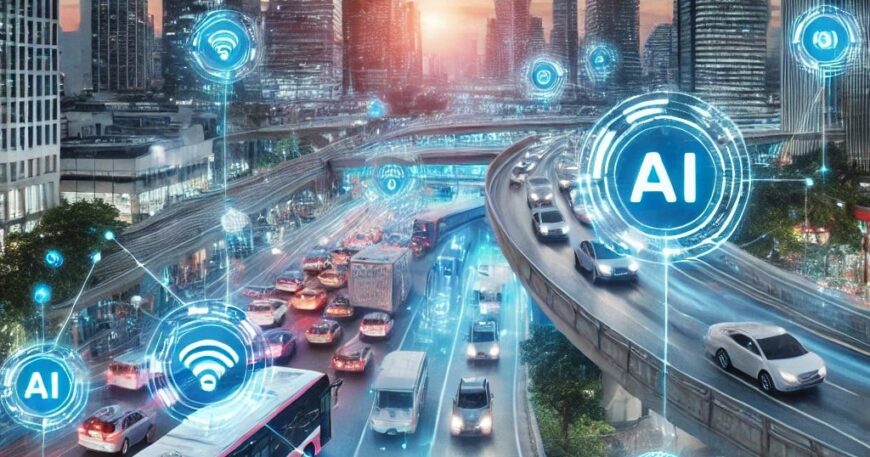Overview
HiLoad’s City Management System is likely an integrated software platform designed to optimize urban governance, infrastructure management, and citizen services for municipalities, smart cities, and local governments. It combines IoT (Internet of Things), data analytics, and automation to streamline operations like traffic control, waste management, utilities, public safety, and citizen engagement, fostering sustainable and efficient urban development.
Key Features of HiLoad’s CMS
Here’s what such a system might offer (generalized for relevance):
- Smart Infrastructure Management
✅ IoT Integration: Monitor and control streetlights, traffic signals, water supply, and energy grids via connected sensors.
✅ Predictive Maintenance: Use AI to detect infrastructure issues (e.g., pipe leaks, road cracks) before they escalate. - Traffic and Mobility
✅ Real-Time Traffic Monitoring: Optimize signal timings based on congestion data from cameras and GPS.
✅ Public Transit Management: Track buses/trains, update schedules dynamically, and provide real-time alerts to commuters.
✅ Parking Solutions: Guide drivers to available parking spots via mobile apps or digital signage. - Waste and Environmental Management
✅ Smart Waste Collection: Use fill-level sensors in bins to optimize garbage truck routes.
✅ Air Quality Monitoring: Deploy sensors to track pollution levels and trigger alerts for high✅risk areas.
✅ Green Initiatives: Manage urban forests, solar farms, and rainwater harvesting systems. - Public Safety and Emergency Response
✅ Surveillance Integration: Link CCTV cameras, gunshot detectors, and license plate recognition systems.
✅ Emergency Dispatch: Coordinate police, fire, and medical services during crises using real✅time data.
✅ Disaster Preparedness: Simulate scenarios (e.g., floods, earthquakes) and automate evacuation plans. - Citizen Engagement
✅ Mobile Apps: Allow residents to report issues (potholes, broken streetlights), pay bills, or access municipal services.
✅ E-Governance Portals: Apply for permits, licenses, or housing schemes online.
✅ Feedback Systems: Conduct polls or surveys to gather citizen input on urban projects. - Utility Management
✅ Water and Energy Analytics: Track consumption patterns, detect leaks, and enforce conservation measures.
✅ Billing Automation: Generate utility bills and enable online payments with integrated gateways.
✅ Renewable Energy Integration: Monitor solar/wind installations and grid contributions. - Urban Planning and Zoning
✅ GIS Mapping: Visualize land use, zoning laws, and development projects on interactive maps.
✅ 3D Modeling: Simulate urban expansion or redevelopment projects for stakeholder review.
✅ Permit Approvals: Digitize workflows for construction permits and land-use clearances. - Data Analytics and Reporting
✅ Centralized Dashboard: View KPIs like energy consumption, traffic flow, and service request resolution rates.
✅ Sustainability Reports: Track progress toward carbon neutrality or smart city certifications (e.g., ISO 37120).
✅ Open Data Portals: Share anonymized data with researchers, businesses, or citizens. - Financial Management
✅ Budget Allocation: Track municipal spending across departments and projects.
✅ Grant Management: Monitor state/federal funding for infrastructure or social programs.
✅ Fraud Detection: Use AI to flag irregularities in procurement or payroll. - Scalability and Integration
✅ Modular Design: Add modules for new services (e.g., smart schools, EV charging networks).
✅ Third-Party Integration: Sync with legacy systems, ERP software, or national databases (e.g., census data).
Benefits of HiLoad’s CMS
✅ Operational Efficiency: Automate workflows to reduce manual tasks and delays.
✅ Cost Savings: Optimize resource use (energy, water, waste) and reduce infrastructure downtime.
✅ Citizen Satisfaction: Improve service delivery and transparency through digital engagement.
✅ Sustainability: Meet climate goals with data-driven environmental management.
✅ Resilience: Enhance preparedness for natural disasters or population growth.



